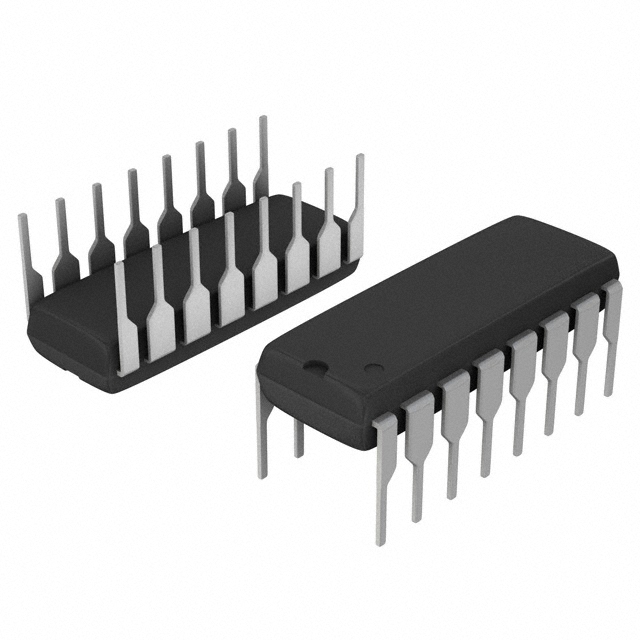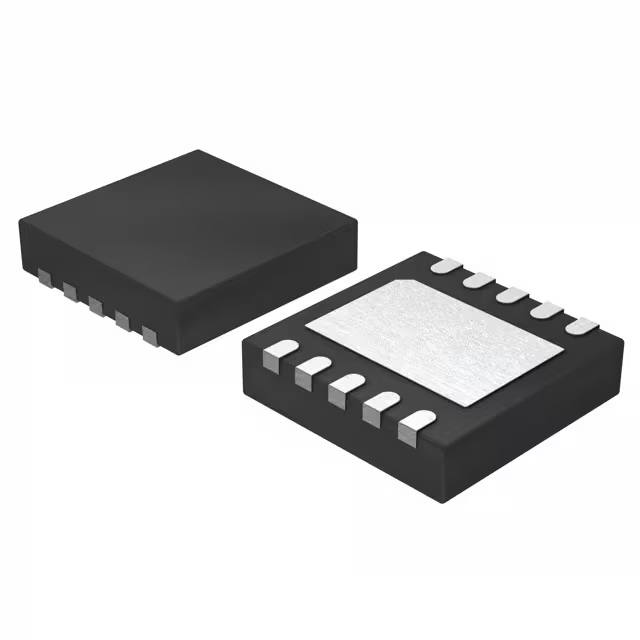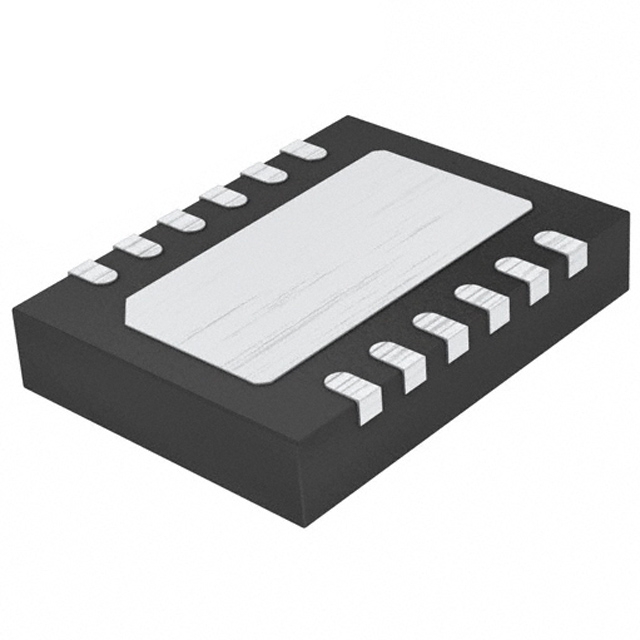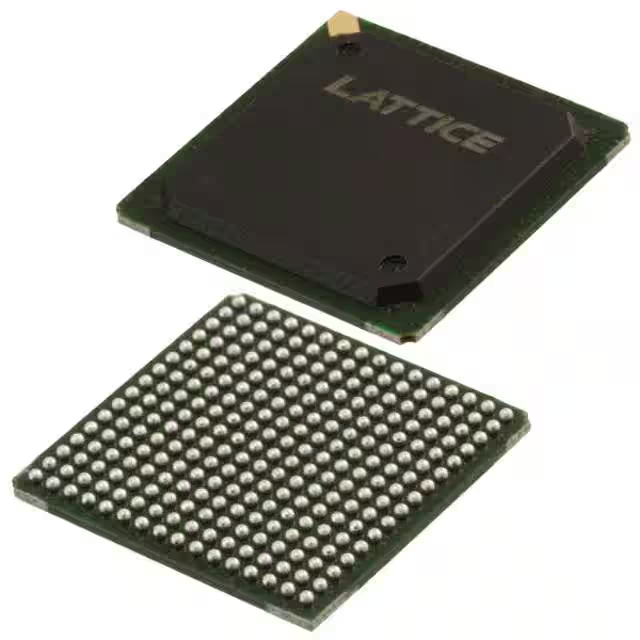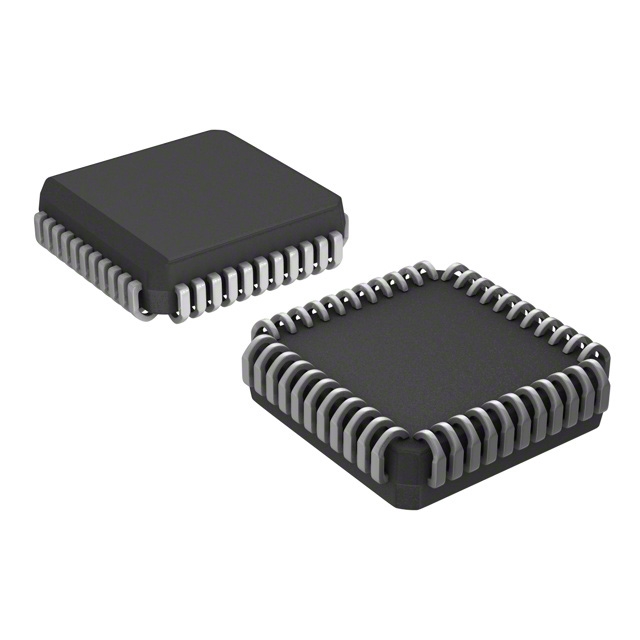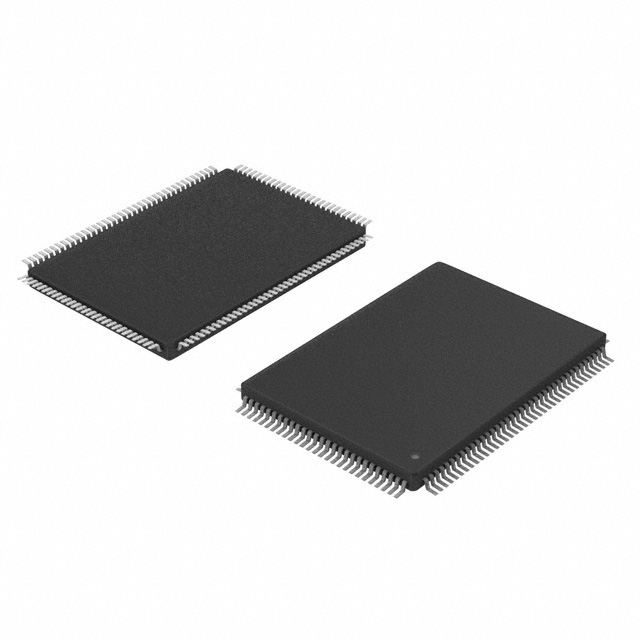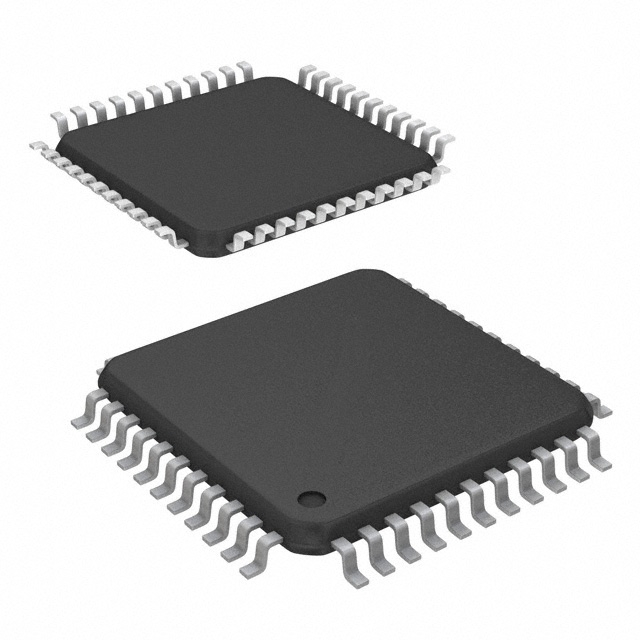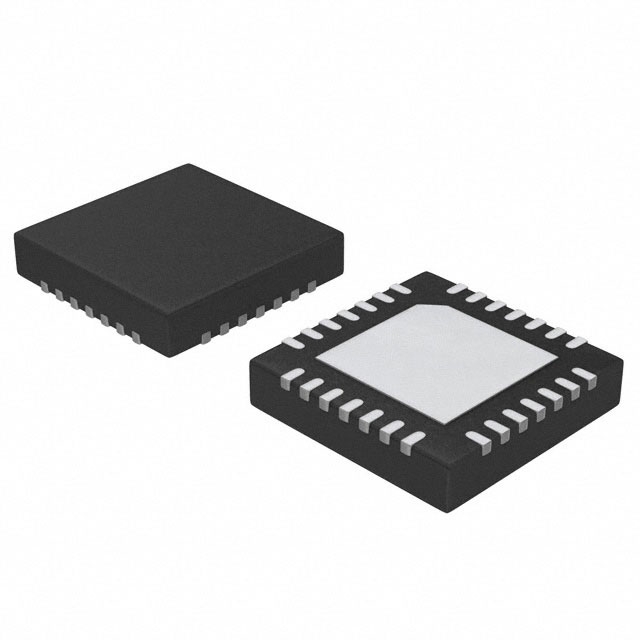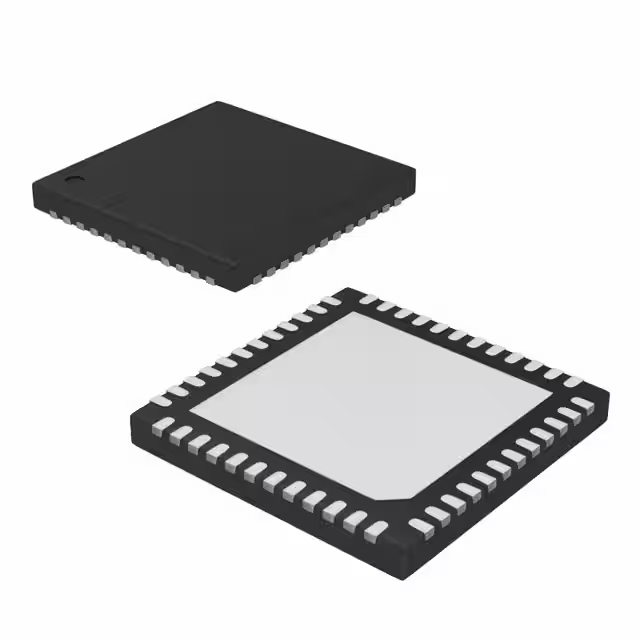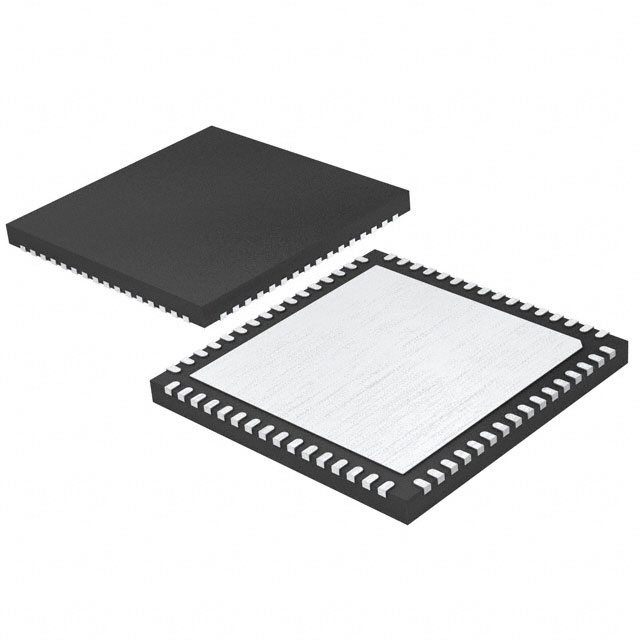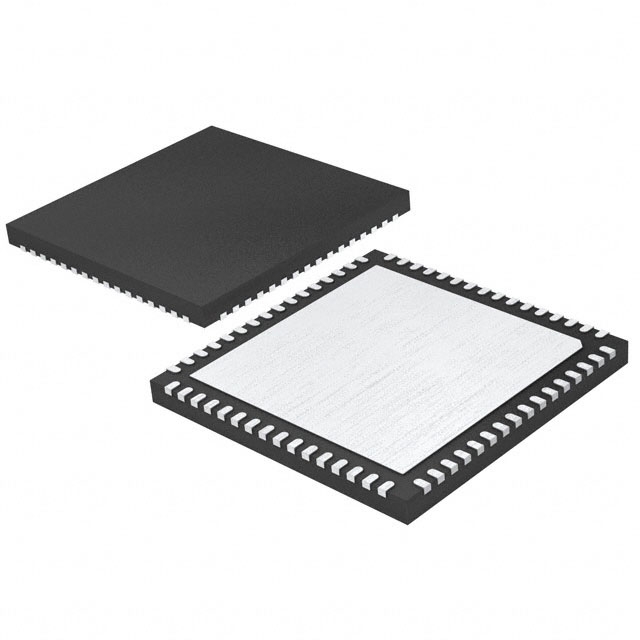RK3566 vs H700, portátil y chip | CPU
- Número de E/S: -
- Velocidad máxima de la CPU: -
- DAC (bits): -
- Paquete: BGA-565 (15,5 x 14,4)

Envío GRATUITO para pedidos superiores a HK$250.00

Respuesta rápida, cotización rápida.

Envío rápido, sin preocupaciones posventa.

Canal original, garantía de los productos auténticos.
RK3566
The RK3566 from Rockchip is a versatile quad-core Cortex-A55 processor that’s perfect if you’re building smart hardware, edge computing devices, or multimedia products. It uses the latest A55 cores, offering much better performance and efficiency compared to older A53 chips. Its integrated Mali-G52 GPU easily handles 1080p games, UI animations, or even basic 3D graphics. Plus, with a built-in NPU delivering 0.8Tops, it comfortably runs AI tasks like face recognition or object detection.
On multimedia, it supports smooth 4K video decoding (H.265, H.264, VP9) and interfaces like HDMI, cameras, and MIPI displays, making it ideal for media players, digital signage, and smart terminals. It’s also loaded with storage options like eMMC, SDIO, USB3.0, PCIe, and SATA, so whether you’re developing with Android, Linux, or RTOS, it’s pretty straightforward to get going.
RK3566 Pinout
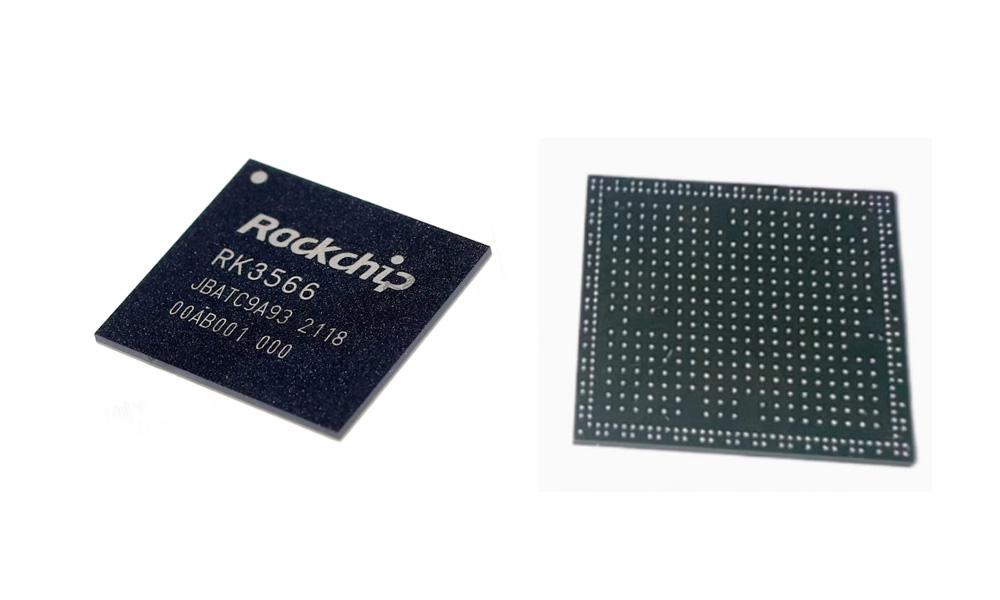
| Nombre del pin | Package Location | Descripción de la función |
|---|---|---|
| VCCIO3 | 1H18 | IO voltage domain power supply (e.g. MIPI/LCD) |
| USB3_HOST1_DP/DM | 1L15 / 1L16 | USB 3.0 high-speed differential pair |
| HDMI_TX_HPDIN | 1D2 | HDMI hot-plug detect signal |
| UART0_TX / RX | 1B6 / 1A1 | UART0, commonly used for debugging |
| SDMMC0_DET | 1F8 | SD card detect pin |
| MIPI_DSI_TX0_CLKP | 1V16 | MIPI-DSI display clock signal |
| GPIO0_A5 | 1F11 | General-purpose IO, configurable |
| VDD_CPU | 1F11 | Cortex-A55 core power supply pin (0.9V) |
| VDD_GPU / VDD_NPU | 1L8 / 1H15 | Power supply pins for GPU and NPU (independent) |
When you’re designing with the RK3566, here are some quick tips: give each core section (CPU, GPU, Logic, NPU) its own stable power supply with proper decoupling capacitors to avoid instability. Also, make sure your IO voltage matches the devices you’re connecting, like HDMI or MIPI screens. For high-speed signals (USB3, HDMI, eDP), route differential pairs carefully to manage impedance and reduce interference. GPIOs and UART for debugging can be easily customized through DTS configurations, just pick the pull-up resistors according to your actual needs. And remember, the RK3566’s quad-core CPU plus GPU and NPU generate quite a bit of heat—good thermal management will keep things running smoothly.
RK3566 Equivalent
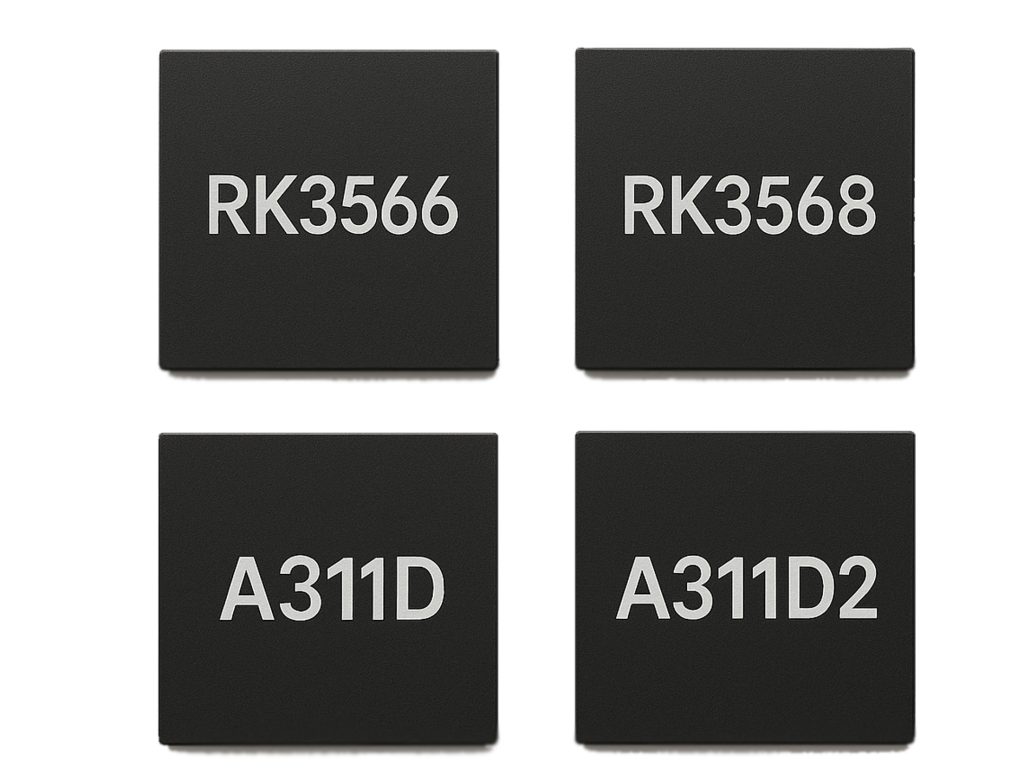
| Parámetro/Modelo | RK3566 | RK3568 | A311D | A311D2 |
|---|---|---|---|---|
| Arquitectura | 4×Cortex-A55 | 4×Cortex-A55 + 2×Cortex-A76 | 4×Cortex-A73 + 2×A53 | 4×Cortex-A73 + 4×A53 |
| Main Frequency | 1.8 GHz | 2.0 GHz | 2.0 GHz | 2.2 GHz |
| GPU | Mali-G52 MP2 | Mali-G52 MP4 | Mali-T860 MP4 | Mali-G52 MP8 |
| NPU Performance | 0.8 TOPS | 1 TOPS | 2 TOPS | 5 TOPS |
| Memory Support | LPDDR4/DDR4 (up to 8GB) | Same as left | LPDDR4 (up to 4GB) | LPDDR4X (up to 8GB) |
| Video Encode/Decode | 4K@60fps decode / 1080p encode | Same as left | 4K@60fps decode / 1080p encode | 4K@75fps decode / 1080p encode |
| Interface Support | PCIe2.1, SATA3.0, USB3.0, MIPI | PCIe3.0 ×2, SATA3.0, USB3.0 | USB3.0, MIPI, HDMI | USB3.1, HDMI2.1, MIPI, PCIe3.0 |
| Paquete | FCCSP565 | FCCSP676 | BGA592 | BGA |
| Software Compatibility | Linux, Android | Linux, Android | Android, Linux (customization required) | Android, Linux (partially supported) |
If you’re already using RK3566 and looking for an easy upgrade, the RK3568 is your best bet. It’s mostly compatible but packs extra power with two Cortex-A76 cores and richer interfaces—just slightly bigger in size, so check your PCB layout first.
Considering other brands like Allwinner’s A311D? It offers good multimedia performance (A73+A53 cores) with a strong NPU, but its ecosystem heavily favors Android, meaning Linux support isn’t as flexible. You’ll have extra work adapting drivers and software.
Amlogic’s powerful A311D2, with 8 cores and a 5 TOPS NPU, is great for AI or advanced media tasks, but it’s tougher to design and integrate due to incompatibility and higher development complexity.
Bottom line: stick with RK3568 if ease matters. But if you’re building something new and performance-focused, the other chips are viable—just factor in software compatibility and development effort.
RK3566 Development Board Circuit

This audio circuit uses the U7200 ADC chip. You set it up over an I²C bus, specifically using the I2C3_SDA_ACODEC and I2C3_SCL_ACODEC lines. The chip outputs digital audio signals via its DATA and CLOCK pins, connecting directly to your main controller’s I²S or PDM interface. Pins like ADO, RESET, REFP, and REFQ handle auxiliary settings and analog voltage references. There’s also a handy set of pins, AD[2:0], letting you pick the chip’s I²C address—defaulting at 0x30—so you can easily manage multiple devices. Microphone signals pass through coupling capacitors first, protected upfront by TVS diodes such as ED7205 to guard against static damage. Your main audio subsystem typically runs at 3.3V (labeled VCCIO_ACODEC) and includes EMI filtering and bypass capacitors to keep everything clean.
RK3566 Project
When you’re using RK3566 in a project, here’s what you typically get: it’s powered by Rockchip’s RK3566 SoC, featuring four Cortex-A55 cores that easily handle 4K decoding, built-in AI, USB3.0, PCIe, and SATA interfaces. For storage, you can use eMMC or NAND Flash for the OS, with SPI Flash for the bootloader, and it supports flexible memory types like DDR3 through LPDDR4X.
Interface-wise, RK3566 covers almost everything—USB3.0, HDMI2.0, MIPI displays, camera inputs, SD cards, I2C, UART, and Ethernet. For power management, it pairs well with the RK809 PMIC, delivering stable voltages and efficient standby modes.
Rockchip’s SDK gives you solid software support, whether you prefer Linux or Android, including U-Boot, secure boot, and OTA upgrade options, making your development straightforward.
RK3566 Boot Setup
When working with the RK3566, its boot sequence is straightforward: BootROM kicks things off, loading SPL (Loader), then U-Boot, and finally the Kernel. It supports booting from SPI NOR, eMMC, SD card, or even USB, with SPI NOR typically highest priority—ideal for mass production or secure boot scenarios. You can set the boot order easily using BOOT pins or OTP.
For programming, Rockchip’s rkdeveloptool makes things easy: idbloader.img includes SPL and DDR initialization, uboot.img loads your kernel, trust.img is optional secure firmware, and boot.img contains your Linux kernel with initrd. Parameter.txt defines flash partitions clearly.
Plus, RK3566 has MaskROM mode for emergencies—if the chip won’t boot normally, just connect via USB to reflash and recover easily.



